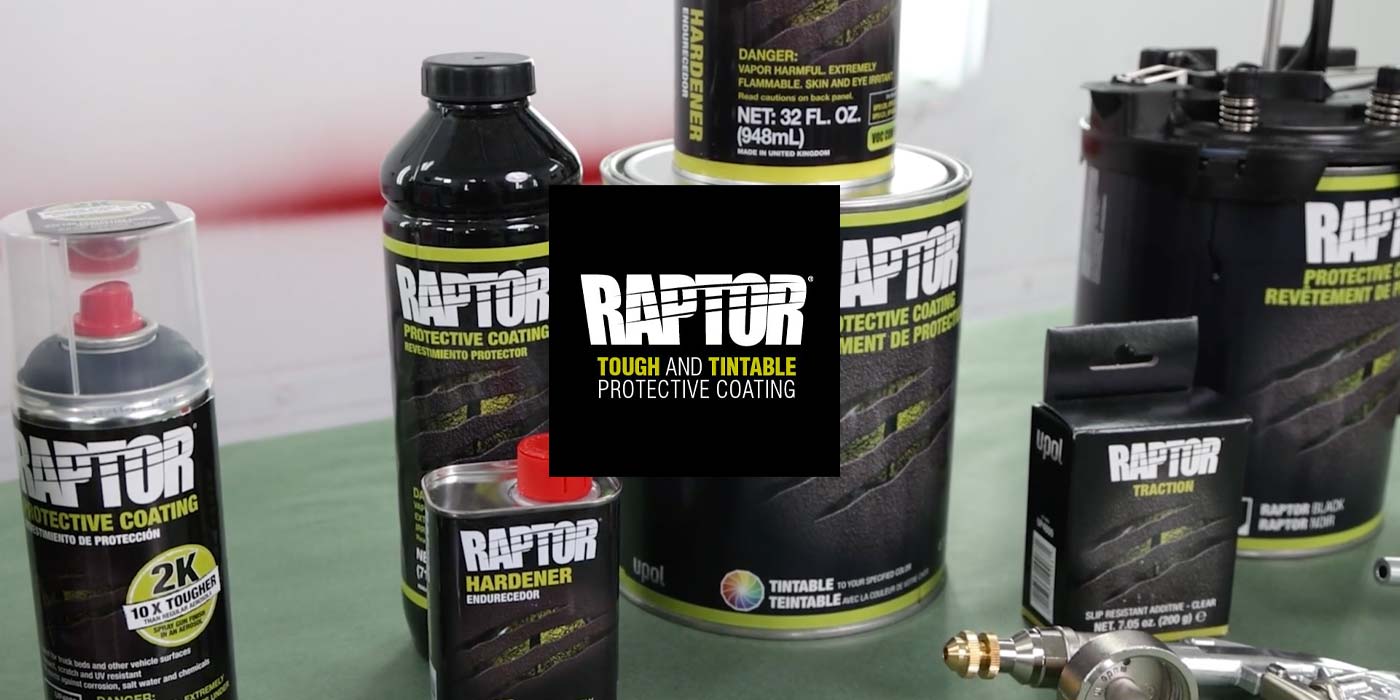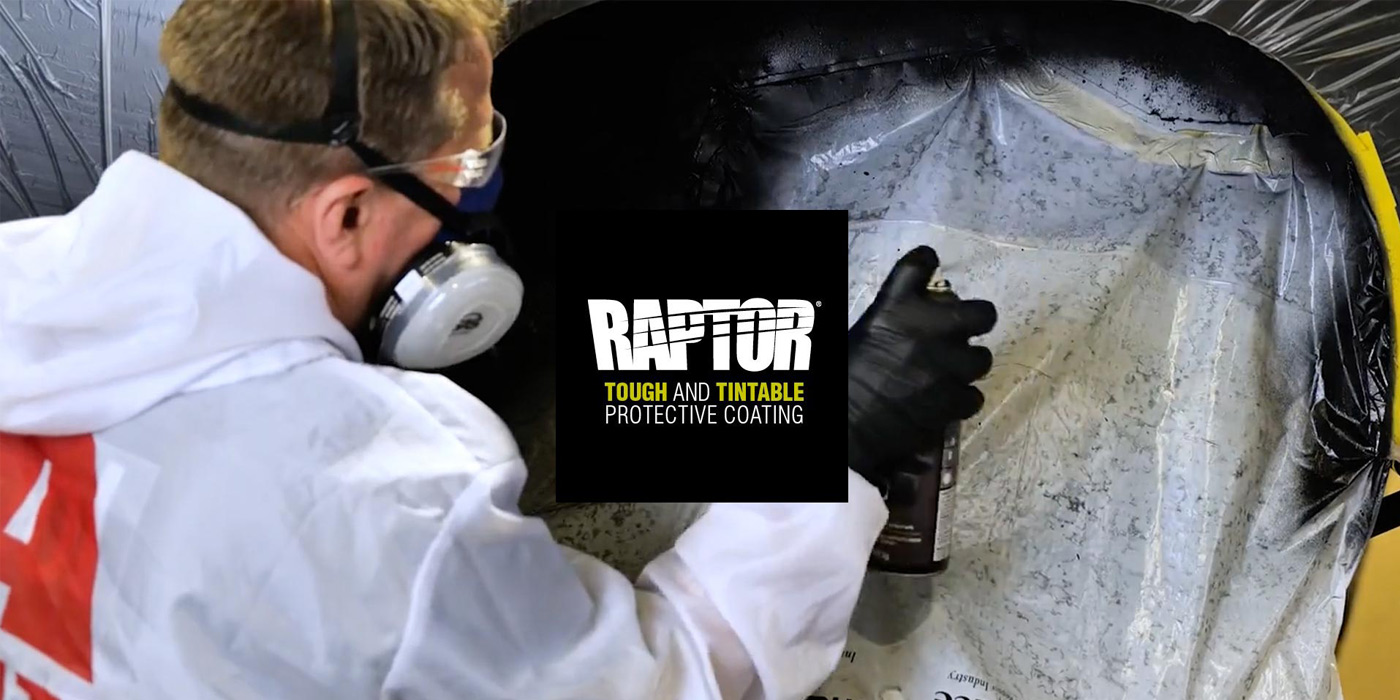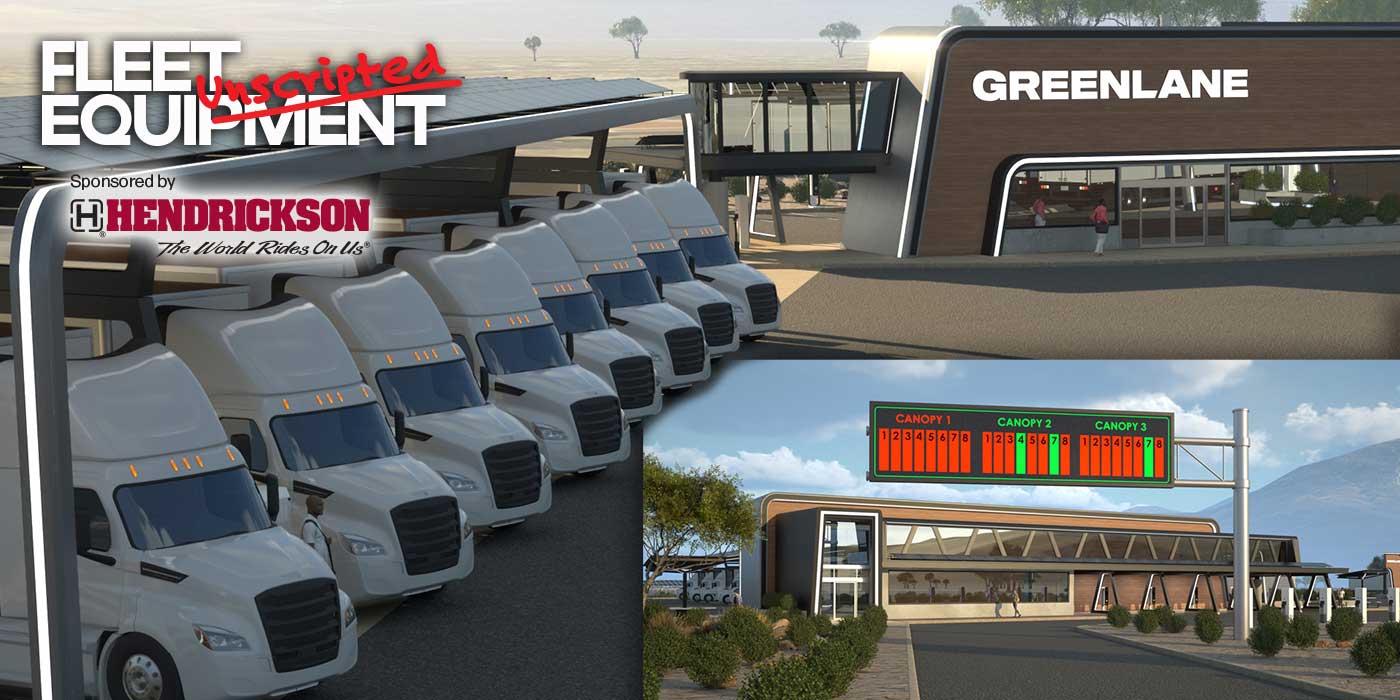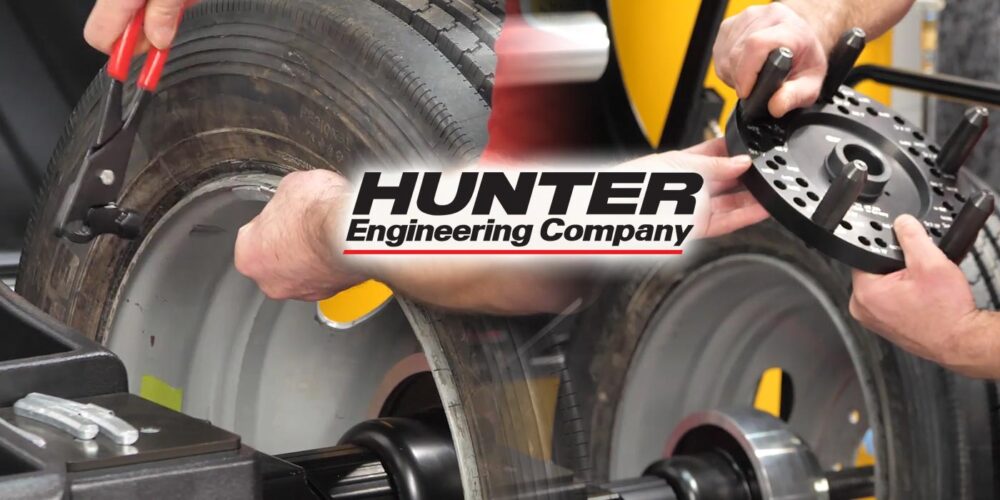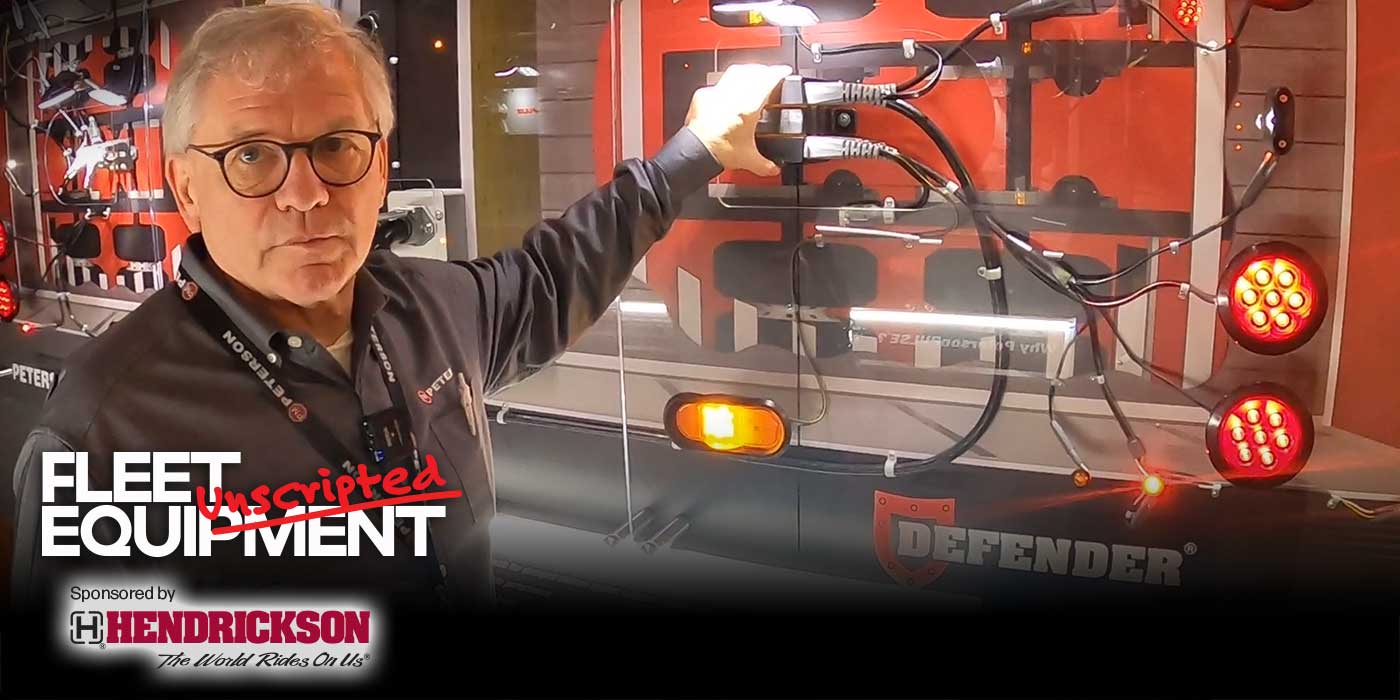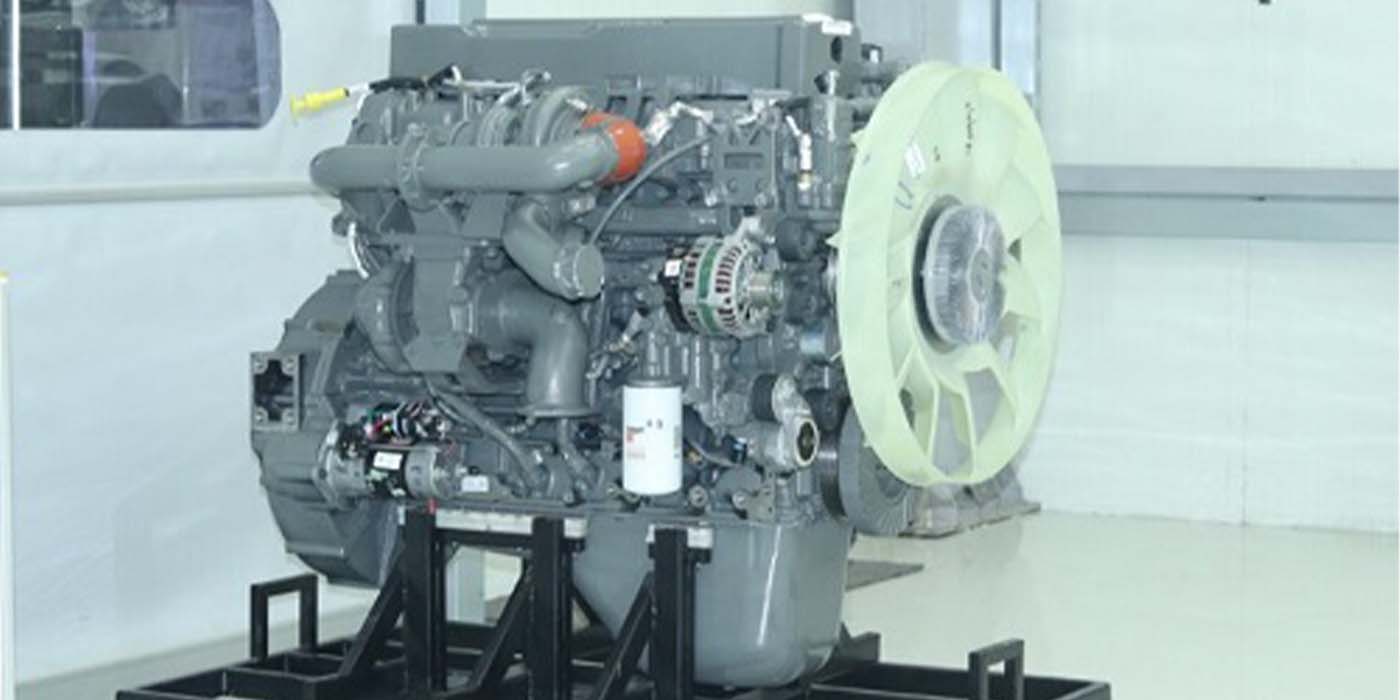What everyone in the trucking industry has to do is look at the need for a sustainable fleet operation the same way we look at trucking applications. Get away from the “Which powertrain technology is going to win in the sustainable future?” and start thinking: “Which powertrain technology will help me decarbonize today?” If that’s battery electric—great! If not, there’s more that you can do than wait around for hydrogen fuel cell or some other powertrain technology. We won’t just wake up one day and the air will be completely clean and sustainability will have been achieved. We have to start working toward it with solutions.
Internal combustion engines (ICE) have been driving productivity and innovation for decades, and they still will going forward. They’ll just be different, and one of the biggest differences could be the fuel that powers them. Consider natural gas ICE–an engine technology that has been around for a while but has continued to evolve well past some preconceived notions of what the technology is today.
“Natural gas engines for commercial vehicles started becoming commercially available in the late ’80s and early ’90s, and to be perfectly honest, they didn’t have a very strong reputation because they were—at that point in time—immature in terms of performance and cost effectiveness and reliability and durability,” noted Scott Baker, vice president of engineering, Westport Fuel System. “Through the efforts of Westport and other players in the industry, that story has evolved dramatically to the point that there’s a wide range of natural gas engine options available with different underlying technologies to suit a wide range of end use applications.”
In terms of what that means in emissions reductions, Baker noted that there’s about a 20% reduction in CO2 tailpipe emissions simply through burning methane as opposed to burning a liquid hydrocarbon fuel. When considering renewable sources like biomethane, natural gas can lead to “much more significant carbon reduction available on a full fuel cycle or so-called well to wheels basis,” he said.
And then there’s hydrogen ICE, which is currently in development in both new engines and, as Baker highlighted, even an exploration of retrofit options for current diesel ICE engines. For the full decarbonization picture and thoughts on what natural gas and ICE bring to the table, watch the full conversation with Baker above.

No script? No plan? No problem. Welcome to Fleet Equipment Unscripted—the video interview series that connects you with the greatest minds in the heavy-duty trucking world. Fleet Equipment Unscripted is sponsored by Hendrickson.

